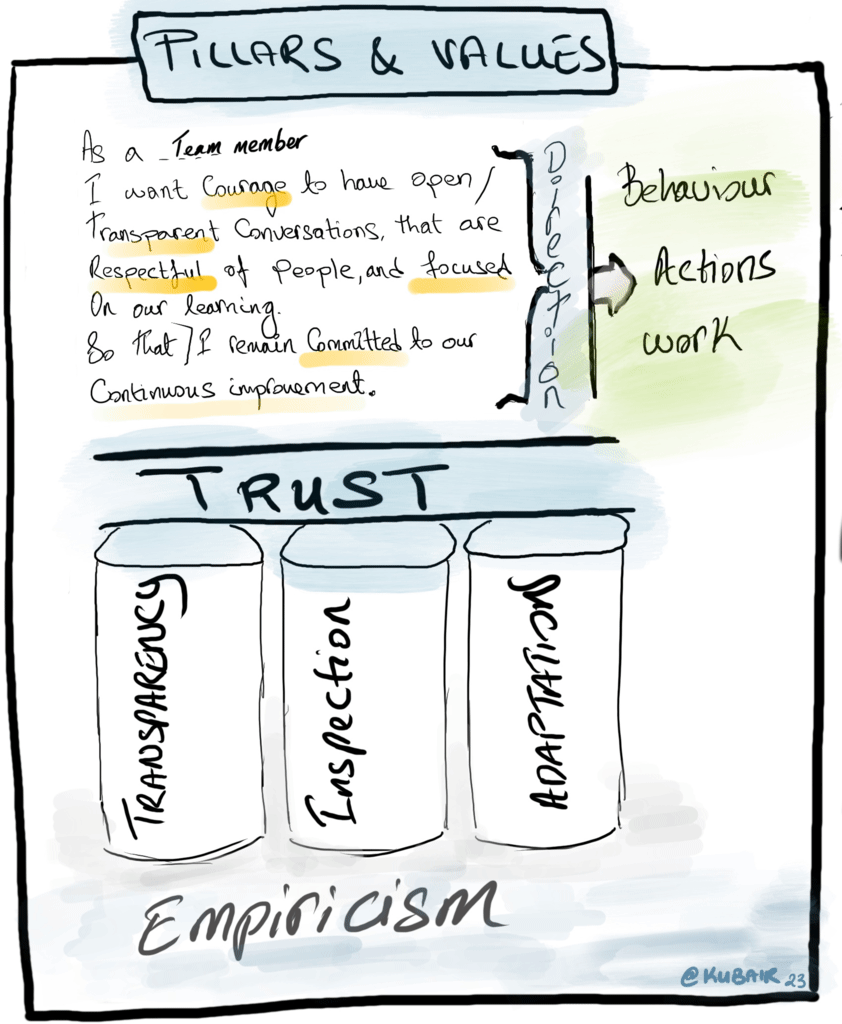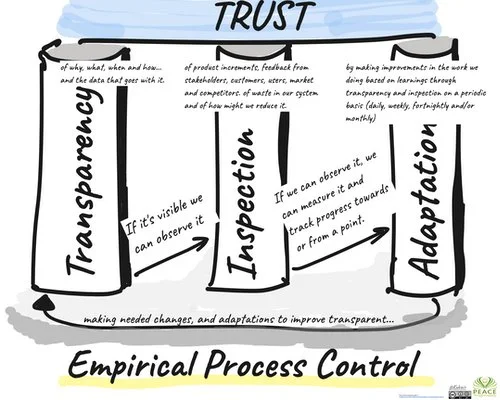The benefits of creating an agile work environment
Much is said about agile ways of working, but why should we be doing this? In my decades of experience as a transformation coach bringing agile methodology to all shapes and sizes of businesses from startups to multinationals, I have often been asked ‘how?’ but I always encourage, first, the ‘why?’.
Through Agilitea I provide business agility coaching and consulting which addresses this question.
Being and doing agile is not a programme of work that comes to an end, it is a transformative journey in pursuit of continuous improvement, it’s about changing our behaviour that changes our actions, decisions and how we engage with people and jobs to be done. You will never finalise your agile working environment, you will consistently listen to customers, colleagues, employees, market and your competition and adapt to suit the needs of people, teams and the business. There are milestones, outcomes and outputs, but the journey continues for the people, teams, processes and systems. In lean thinking this is called the perfection challenge.
Change is the status quo.
Agile is an evolutionary journey; continuous evolution of ways of working, through inspection and adaptation, and only by understanding and living this can you achieve an agile work environment, with business agility.
Why agile ways of working are good for business
It is not just businesses that stand to benefit from implementing an agile methodology and Agile-Lean thinking and practices, although I would recommend for every company to consider the services of an agile transformation coach at some point. People, communities and society do too. Consider household recycling, it is cutting waste at a micro and macro level, it took years of activism and grit to get national and local governments to recognise the waste, the damage to the environment, the benefits of recycling and to act on it. It’s only in 2023 that single-use items like plastic cutlery, plates and polystyrene trays will be banned in England. That’s long needed and overdue change, driven by inspection, adaptation of data made transparent/available over decades by agents of change.
The value Agile-Lean thinking can bring to individuals and communities goes beyond just businesses and team building skills. At the core agile and lean aim to create a culture, one that sustains growth, aligns people (aligns customer satisfaction with employee satisfaction), and offers innovative products and/or services while minimising unnecessary over-costs to customers, suppliers, employees and the environment.
Agile and lean insight is that if we train, enable and facilitate every person to identify waste in their own job and to better work together to improve processes by eliminating such waste, the resulting culture will deliver more value at reduced costs while developing people and relationships. It’s driven by behaviour change in people.
Agile is good for business because agile, lean values and principles facilitate and enable people to develop behaviours, capabilities, and ways of working that helps them achieve their purpose as individuals, teams, as a community. No matter what the future brings.
What is an agile workplace/environment?
It’s an environment that nurtures people, relationships and value-centric principles by implementing agile methodology. It is a culture where individuals, teams and leaders accept and promote change, innovation and continuous improvement. It’s a safe, inclusive space for people to experiment and develop new behaviours, capabilities, and evolve their ways of working.
Is an agile work environment better for employee mental health?
Yes. Hybrid and agile ways of working are growing and thriving in today's workplaces because they support wellbeing, resilience, and better mental health.
An agile work environment is better for mental health because it embraces individualism and diversity, and encourages inclusivity so all members feel valued. Opinions are heard and needs listened to, this raises the level of security felt by employees and ensures a business retains its staff. Agile ways of working benefit everyone.
The commercial benefits
Whether you want to create a successful startup using agility, or upscale your already established business, the commercial rewards will be paramount.
The importance of being an agile CEO
Businesses exist in a connected and interdependent world, as do our people, customers, partners, stakeholders and competitors. It is a necessity to continuously improve how we inspect, adapt and respond to change around us, so that we can identify opportunities to build on and/or risks to manage in a timely manner, proactively shape the future. Why? Because that is exactly what the competition is doing!
Too many times people adopt what they see as a ‘winning formula’ without accounting for changes in the landscape, be they tech driven or societal. Each organisation’s scaling journey is unique, so CEOs need to embrace their uniqueness, and build, inspect and adapt their strategies with that in mind. Consider agile scrum methodology to be part of that journey.
How to create a truly agile environment
A good place to start is the agile manifesto itself.
Take this principle: Business people and developers must work together daily throughout the project. Though there is no magic sauce, there are ingredients that you can experiment with, with your people and explore what good practices work best for you, your people, your teams and business.
Use and nurture a growth mindset within your team, and create an agile environment where people feel confident to raise what they need to make work a safe space. When we consider what constitutes safe, it is helpful to refer to Maslow’s pyramid where we can see the hierarchy of expectations and needs for one to feel safe and protected.
Let's stay with Maslow for a bit… and forget the word ‘agile’.
As parents, my wife Sahar and I strive to provide our children an environment where their basic and psychological needs are not only met but nurtured, be it their physical fitness, mental wellbeing, and self esteem. We know that only then will our children be best placed to tap into their full potential. As much as possible we extend that to all children in our community, by making ourselves available and approachable, and keeping an eye out for them in our town. So that the community as a whole can fulfil its true potential. It’s the same for grown ups!
And it’s the same in and for organisations and businesses.
Prioritise each other as humans first. The rest will follow.
If you’d like help or advice on creating an agile work environment for your business, or are looking to book a transformation coach, just drop me a line here and we can grab a virtual coffee to discuss.












